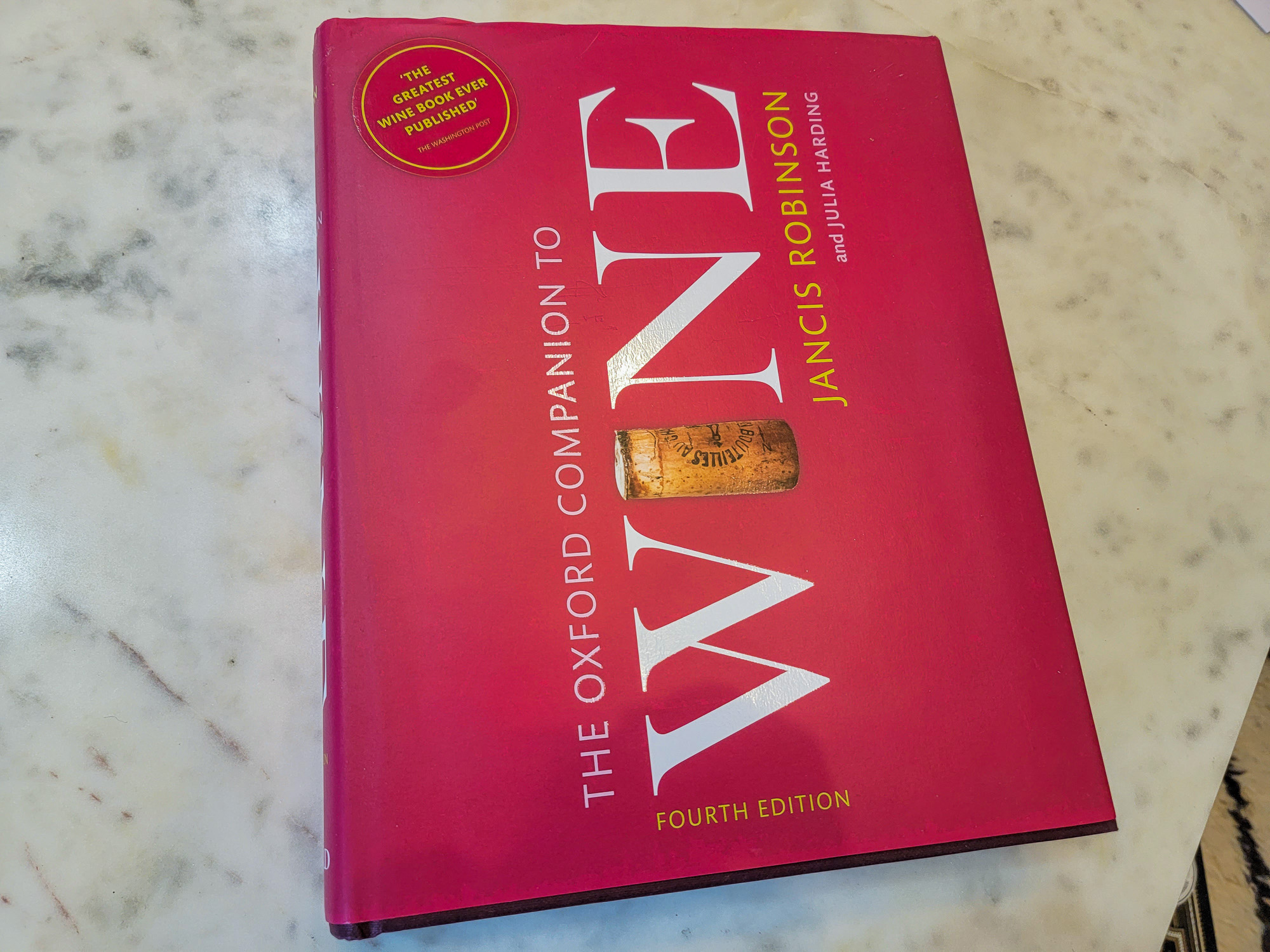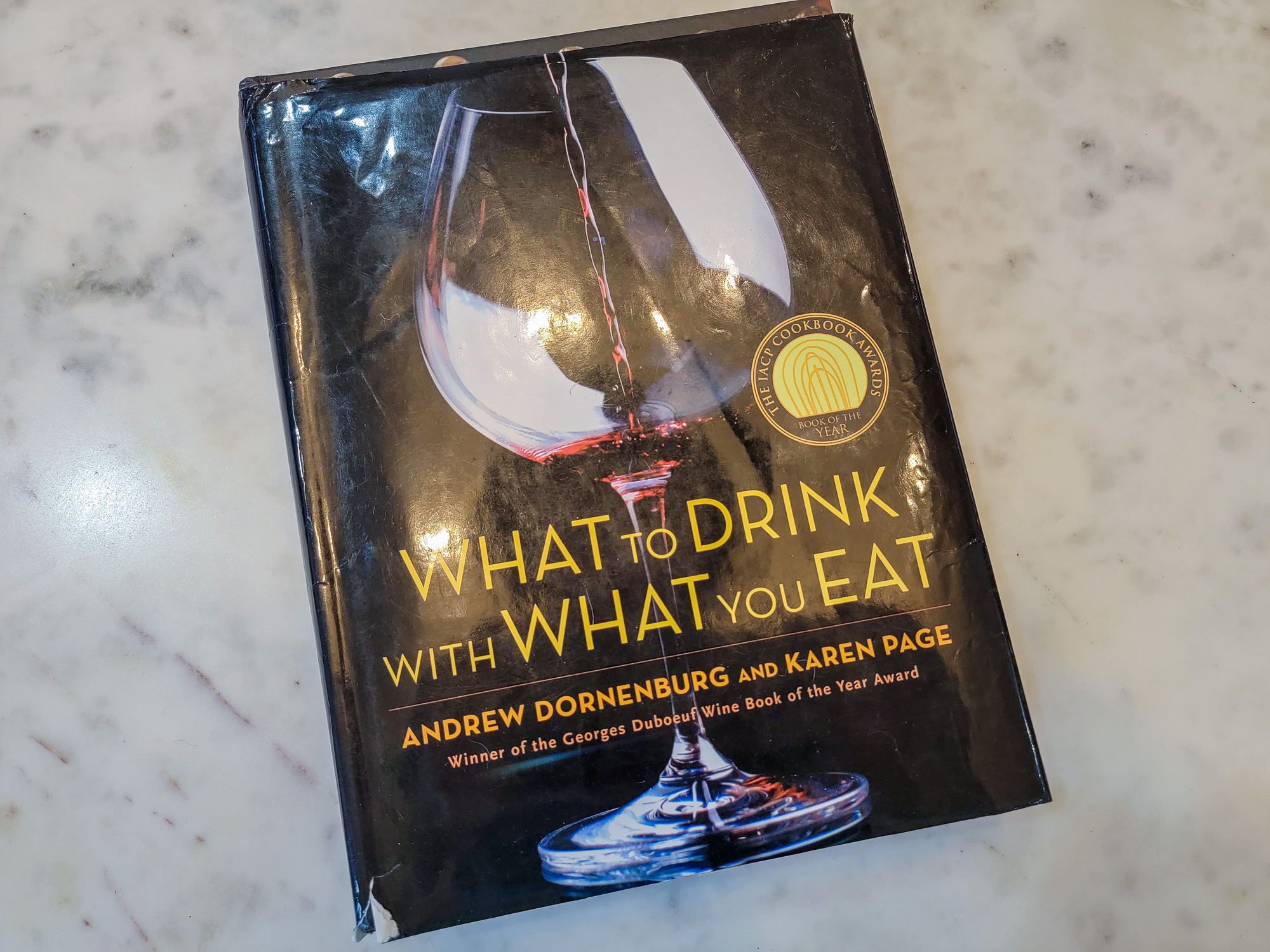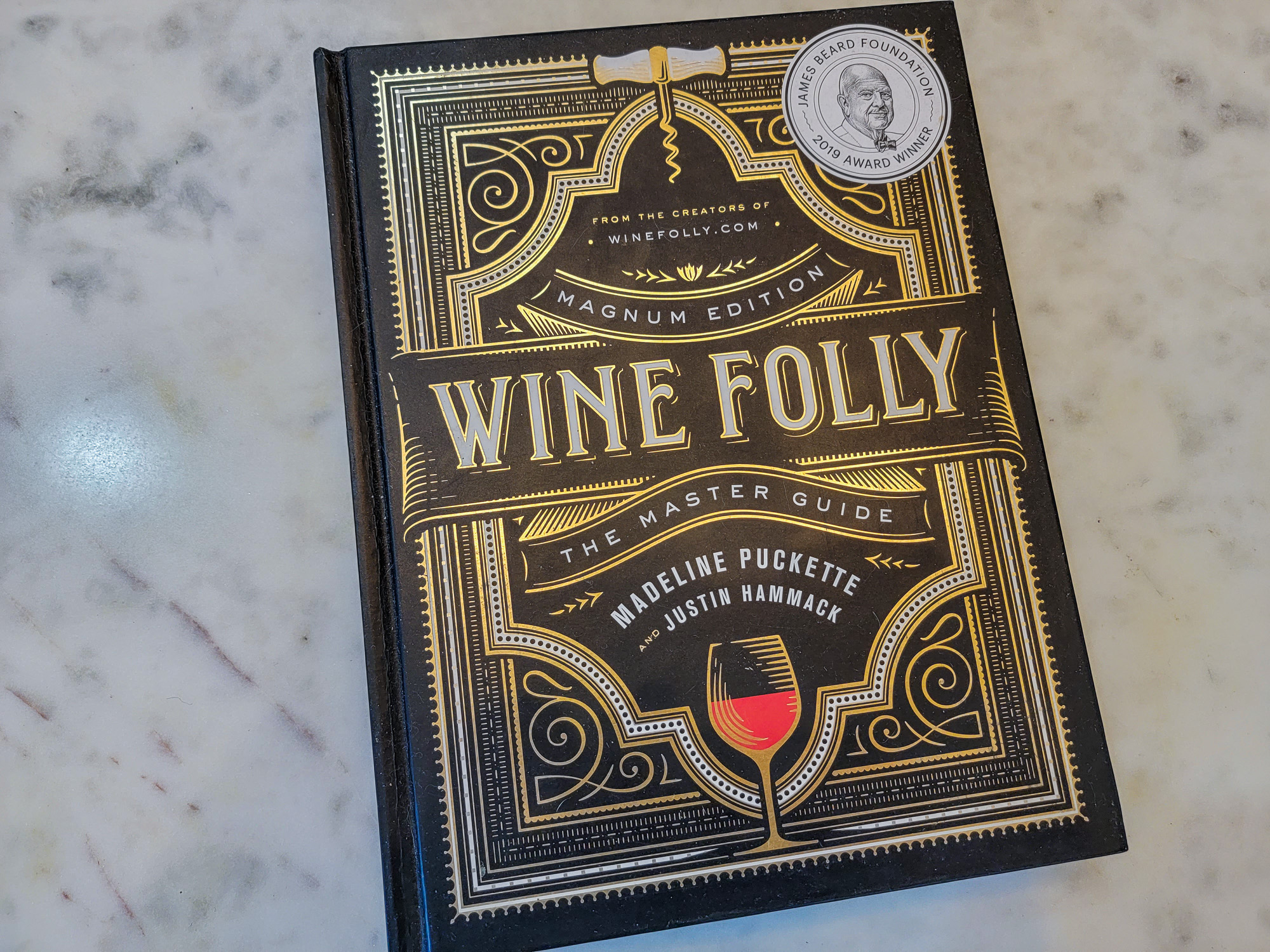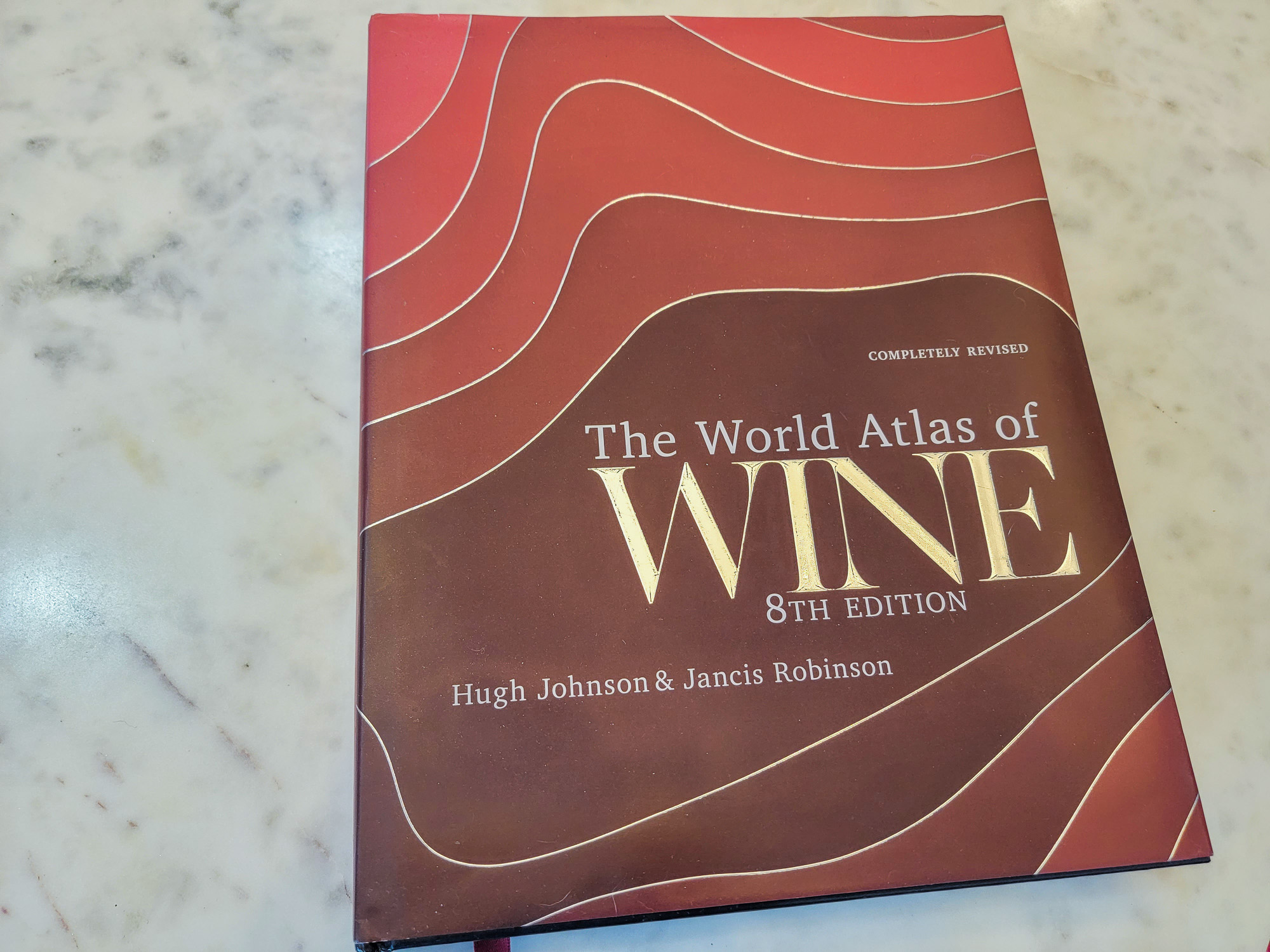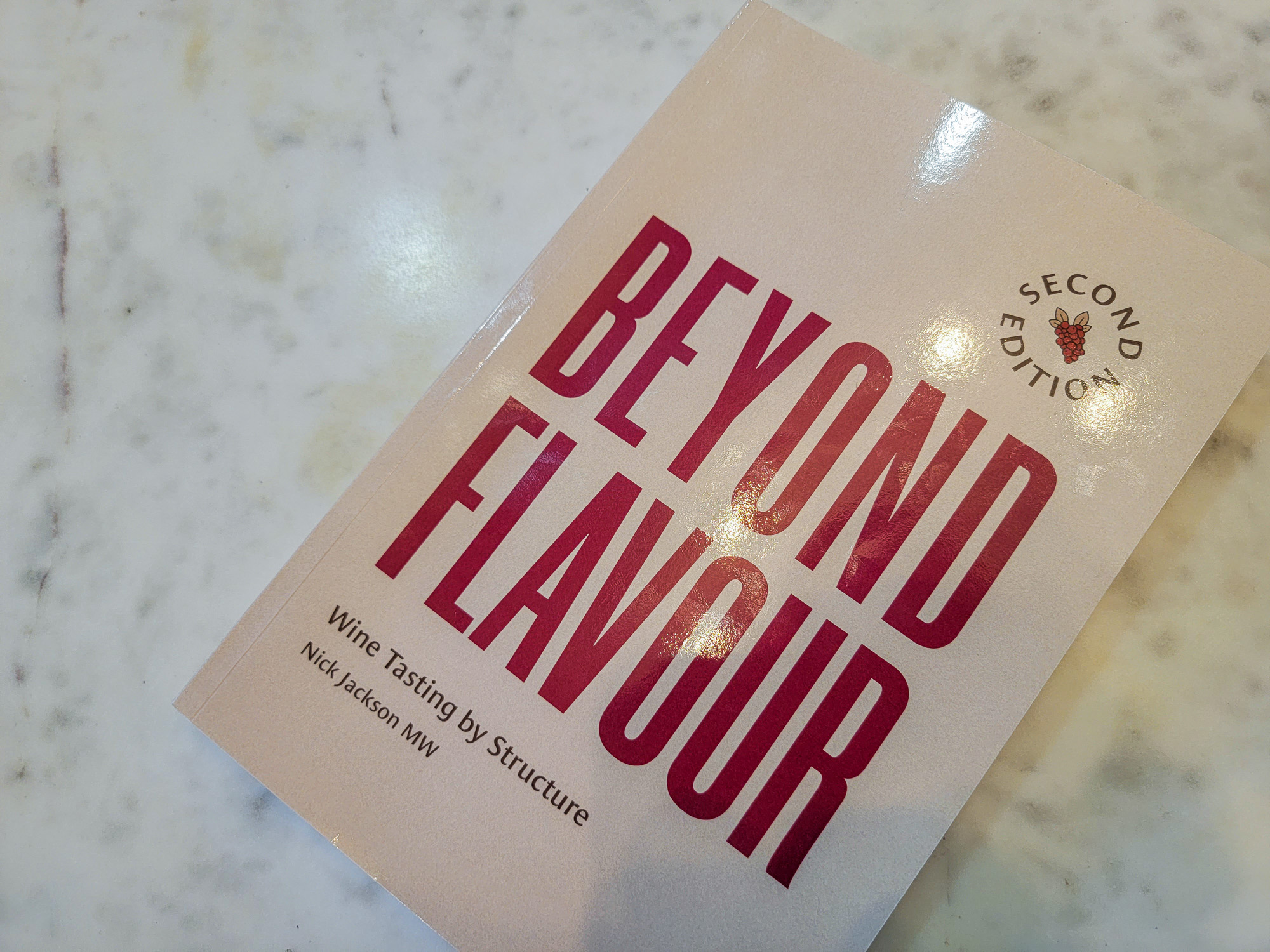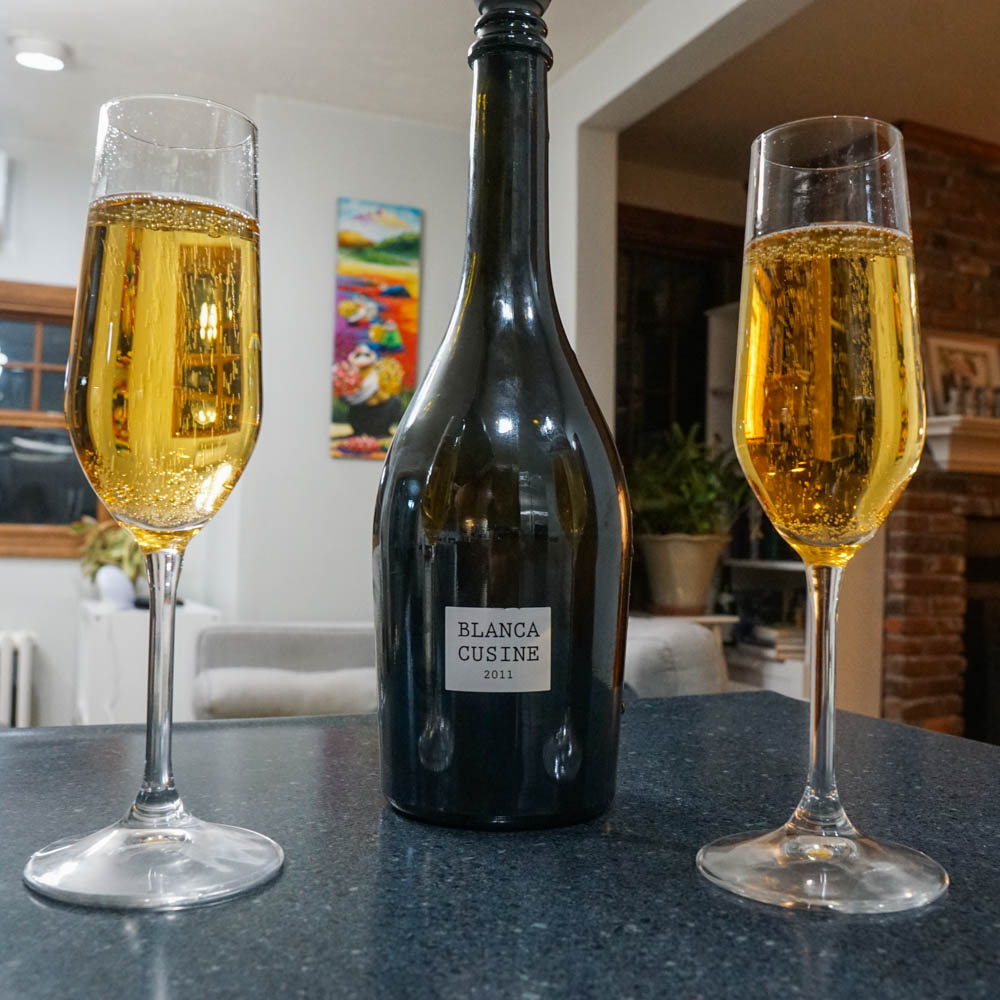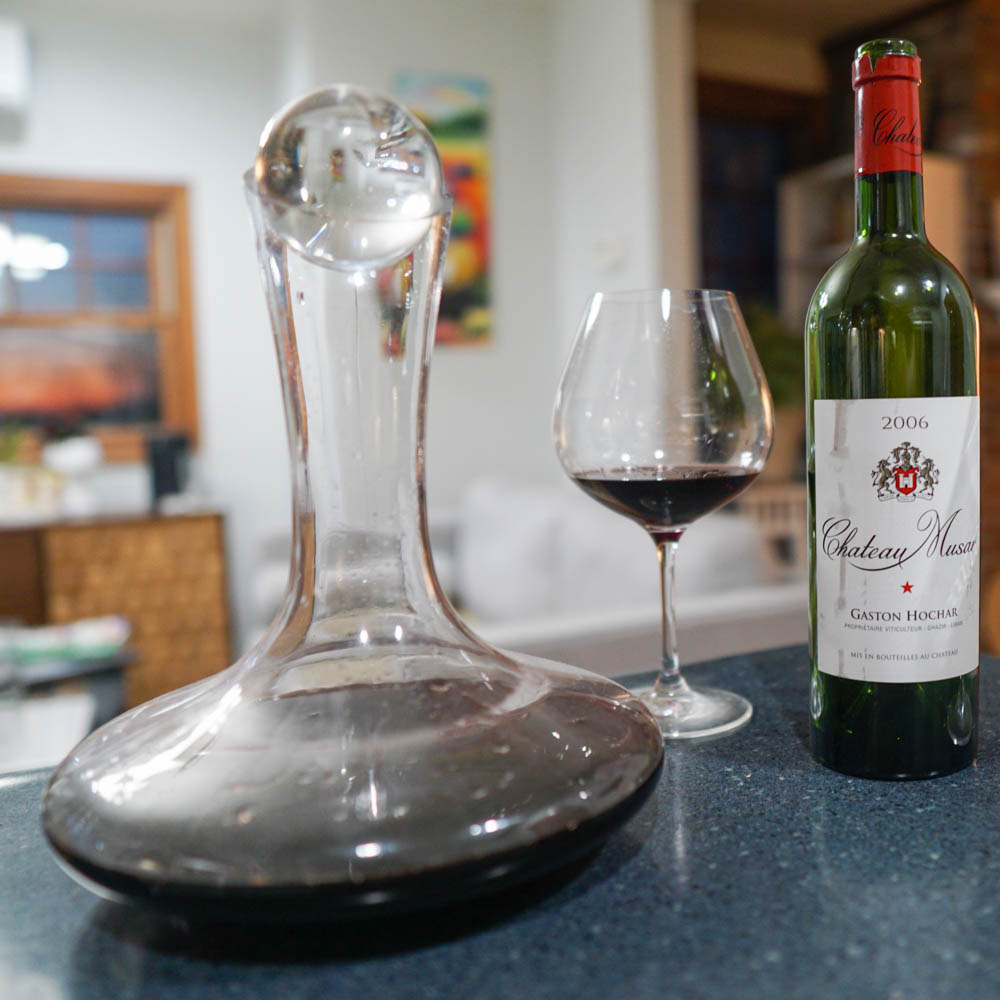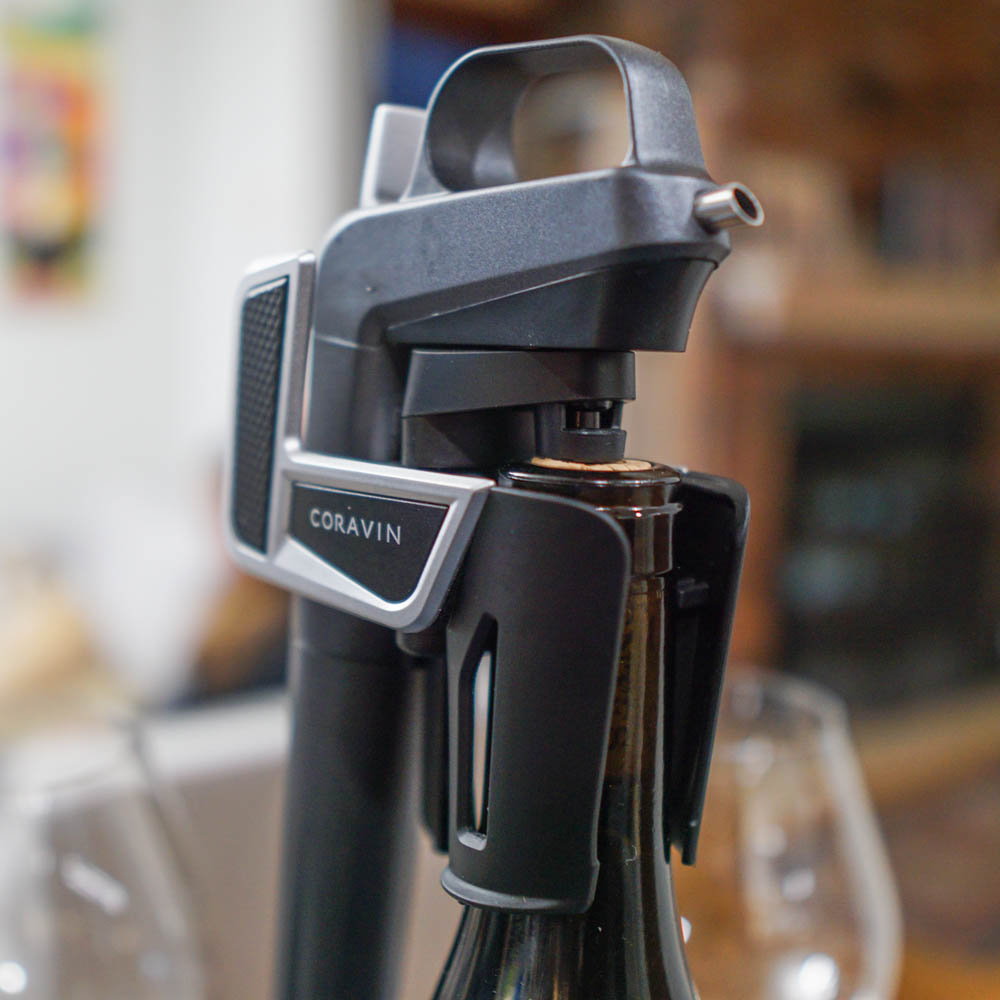Published by Jeremy.
Disclaimers: We use demographic data, email opt-ins, display advertising, and affiliate links to operate this site. Please review our Terms and Conditions for more information. This website is intended for those of legal drinking age in your jurisdiction.
When it comes to learning about wine, sometimes it is hard to beat a good book.
Over the years, we have collected many of the best wine books and read through resource after resource to improve our knowledge.
So in this one, we thought we'd share five of our favorite books about wine to help you jump right into this fascinating world!
Note: The wine books discussed below are organized by how approachable they are from most to least. That is to say, the first books referenced below can be enjoyed by all knowledge levels whereas some of the later books should be reserved for the most intense wine students. When applicable, we've attempted to highlight when a book is or is not appropriate for some readers and equate them to relative levels of WSET and other wine programs for reference.
What to Drink With What You Eat
No matter how much we learn about wine, we always struggle when it comes time to pair wines from our cellar with food.
Yes, we have very good ideas of what components in wine go with elements of the dishes we make, but sometimes we also don't want to have to think about this before a meal. Enter What to Drink With What You Eat, a must-own tome for everyone who loves to pair wine with a meal.
The premise of this book, like its sister The Flavor Bible (another must-own for those who cook), is simple. The authors interviewed many top sommeliers to form a compendium of food and wine pairings and arranged it encyclopedia-style first by food and second by wine.
So, let's say you are making mussels. Simply open the book to the mussels entry and you will receive suggestions for wines like Chablis, Muscadet, and Sauvignon Blanc. Conversely, if you want to make food to go with Syrah, you can open the second half of the book and find recommendations of barbecue, duck, mushrooms, and sausage, respectively (plus several dozen other ideas for each category, too!).
Beyond this, the book calls out common/popular pairings via embellishments like bold, all caps, etc. when the pairing came recommended regularly by the sommeliers interviewed. As such, when you see Foie Gras and Sauternes it is all bold and caps (with an asterisk) to showcase that it is indeed one of those world-class pairings that almost everyone loves universally.
So if you want a resource book that will save you a lot of thinking before pulling out a wine for dinner, there is no better substitute than What to Drink With What You Eat.
To pick up a copy of What to Drink With What You Eat, click here.
Wine Folly: Magnum Edition
For those who are getting into wine and don't know where to begin, we always recommend starting out with Wine Folly: Magnum Edition. This book, by the acclaimed wine site of the same name, breaks down more than 100 grapes and dozens of wine regions in an easy-to-understand, partly graphical digest.
On a page for Malbec, for example, you can see things such as the phonetic spelling, wine traits (body, sweetness, alcohol, tannin, acidity), styles, predominant flavors, serving and aging conditions, growing regions, and recommended grapes to try if you like that wine (for Malbec this includes Syrah, Bonarda, and Merlot).
In the wine region half of the book, you have easy-to-follow maps with a summary of top grapes, any relevant laws (e.g. cru system in Burgundy), and more as well.
These two come together with other sections of the book (primarily introductory level topics for all things wine, like how to identify colors, tannin, etc.) for a well-rounded resource for those who are getting into wine, particularly in entry-level programs like WSET Level 1 or Level 2.
Will those who have gone further than these programs find the book valuable? Not particularly- the material presented here is indeed targeted to wine novices if we are to be honest. But as this one is as beautiful as it is easy to follow, Wine Folly makes a great coffee table book for non-wine-focused friends to thumb through as well. Make sure to pick up the Magnum Edition, as it is an expanded edition over the original!
To pick up a copy of Wine Folly: Magnum Edition, click here.
The World Atlas of Wine
For those who love maps, The World Atlas of Wine is for you. As the name implies, this 400+ page book, written by Jancis Robinson and Hugh Johnson, is set up in atlas format, complete with beautifully drawn maps of incredible detail from almost every major wine region worldwide.
We love this particular book because it makes learning about wine regions relatively straightforward- albeit on a long-term and more technical scale. Whenever we have a bottle of wine in hand from a region we don't know much about, we simply open up the Atlas, read about the region at large, and enjoy all of it with the product in our hands.
Is this the kind of book that you would read cover-to-cover? No, not at all. But that isn't really the point of the book, either. This is more of a reference book to enjoy in small amounts here or there whenever you want to learn something new about a region. And, much like Wine Folly above, it makes for a great coffee table book for those who are seriously into wine. (So if you have finished, say, WSET Level 2 and want more depth, or are enrolled in WSET Level 3 or equivalent, this is a good one for you!)
To pick up a copy of The World Atlas of Wine, click here.
Beyond Flavour
For those who consider themselves serious wine students (particularly those in advanced wine courses like WSET Diploma or the Court of Master Sommeliers whose exams require blind tasting), Beyond Flavour is the book for you.
This book, written by Nick Jackson MW, looks at tasting from the unique angle of diagnosing the structure of wine beyond its flavor components.
Yes, you probably know that Sauvignon Blanc smells of grass, that aged Riesling of a certain quality can have hints of petrol, and that Syrah routinely has black pepper notes. These flavor elements are some of the first things early wine students learn in entry-level classes.
Beyond Flavour looks, well, beyond these widely known characteristics and attempts to establish patterns found in wines via their acidity (white grapes), tannins (red grapes), and region to give you more tools in your arsenal to rock your next blind tasting.
Instead of simply learning that Chardonnay has medium acidity, the book takes you through the shape of the acidity and cues for how to detect it on your palate. This process repeats in subsequent profiles of grapes and regions to create a compendium of structures that students can memorize to employ when tasting blind.
Is this book for everyone? Not in the slightest. Diving deep into acid and tannin structure is something likely reserved for those doing advanced wine programs with blind-tasting exams (particularly levels that also require you to guess the grape). For casual drinkers, it will likely make no sense or sound a bit too out there- my brother routinely makes fun of some of the language used in this one as it is indeed quite esoteric.
Is this book approachable in its content and format? It is for some, but definitely not for everyone. Each grape and region receives anywhere from one or two pages breaking down the structure in a quick hit, matter-of-fact approach. That being said, the concepts are treated as starting guidelines for readers rather than universal truths- this means things are open for significant interpretation from reader to reader (i.e. you may disagree, but the point is you can create a similar list of descriptors for yourself).
Ultimately, Beyond Flavour is as more about teaching a process as it is being an encyclopedia of hard guidelines a la The World Atlas of Wine. To truly get the best of this one, you'll need to be prepared to study through a lot of drinking. Anything less and you won't be doing the book justice.
To pick up a copy of Beyond Flavour, click here.
The Oxford Companion to Wine
Finally, we come to what is perhaps the most advanced wine book on this list, The Oxford Companion to Wine, edited by Jancis Robinson and Julia Harding. This 800+ page book is the wine compendium, the wine bible, the cream of the crop- it is the wine resource to end all wine resources.
But where The Oxford Companion to Wine wins points for being comprehensive, some may find it hard to work with as it is also not meant for reading front-to-back. If The World Atlas of Wine is presented in atlas format, emphasizing maps of regions, then The Oxford Companion to Wine can only be described as being presented in encyclopedia format.
This monster tome features about every term you'd ever want to know with regards to wine, arranged in alphabetical order a la an encyclopedia and is often considered to be one of the most robust resources for all things wine on the planet. Are the wine maps as in-depth and beautiful as in The World Atlas of Wine? No- these two work together as a great duo in this regards. But what this one may lack in maps, it makes up for in pure volume of information.
Are you going to read this one cover-to-cover? Much like the other advanced books in this list, the answer here is no. This one is simply a stellar resource for anyone learning wine who stumbles upon a term and wants to learn more from one of the world's leading wine experts.
Can you simply Google these terms as well? Of course. But there is something to be said for having all of this material available to you in encyclopedia form, especially for die-hard students, and that is exactly what you get with The Oxford Companion to Wine.
To pick up a copy of The Oxford Companion to Wine, click here.
Do you have a favorite wine book that is not on this list? Comment below to share! We love picking up new books about wine and will add our favorites to this list as we read more.
Upgrade Your Home Wine Bar
Need to upgrade your wine bar? Grab some new wine accessories:

